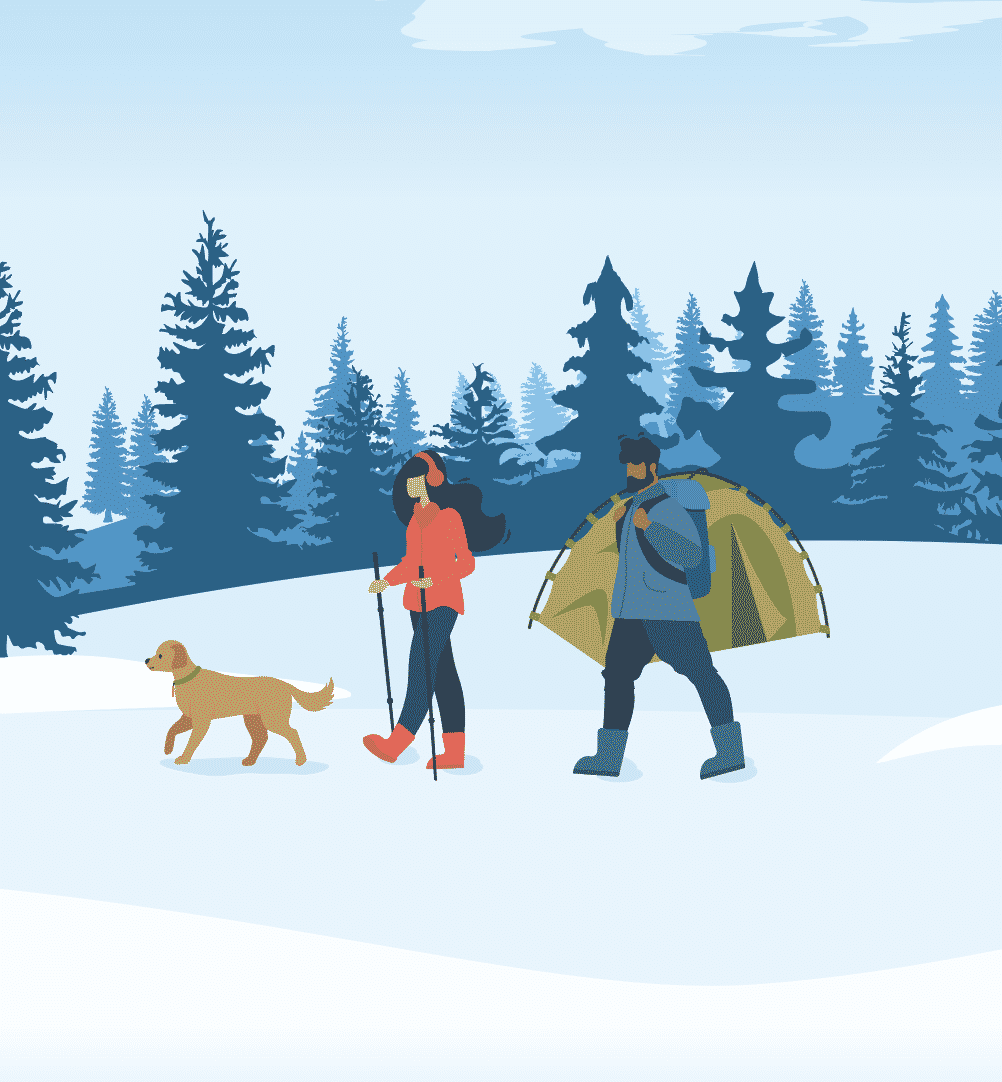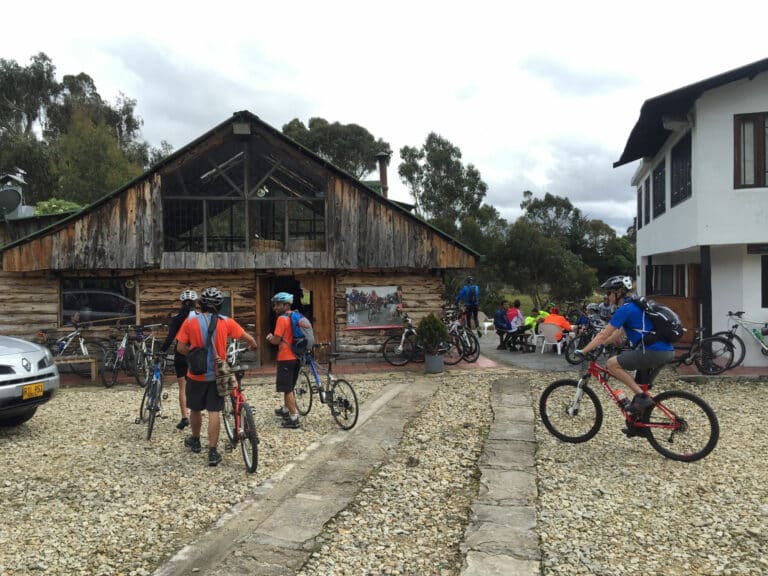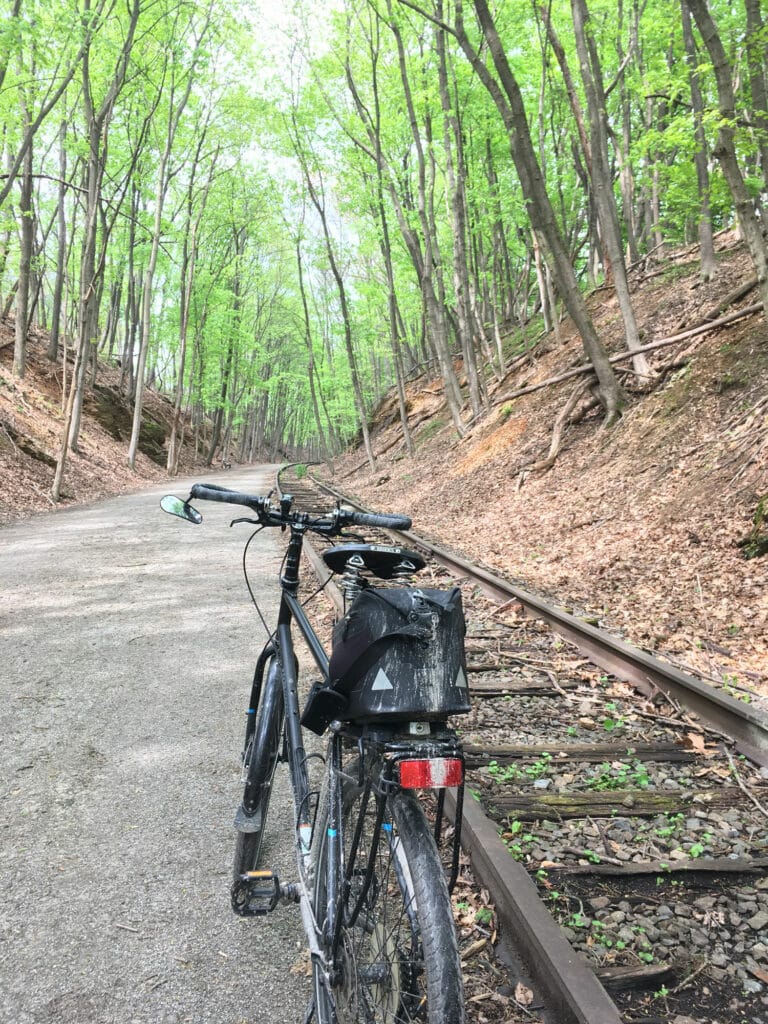Backpacking in the winter has its perks—mainly being able to enjoy your favorite backcountry spots crowd-free—but it also has plenty of challenges. Being unprepared to explore wild terrain in frigid temps can put you in a situation that’s extremely uncomfortable, if not downright dangerous. From gear advice to warmth hacks, here are some key tips to prevent unfortunate mishaps in the chilly woods.
Wear Wool
Wool is often called a wonder fabric. It wicks moisture from your skin, insulates your body, and also breathes when it’s warm. But it’s also a must-have material because it can absorb up to 40 percent of its weight in moisture (which can cause big trouble when it’s extremely cold) and still insulate your body. Comparatively, cotton can absorb up to 27 times its weight, but it won’t retain heat when it’s wet. By wearing wool, you can create an insulative barrier that can help stabilize your body temperature when the mountain air is frigid.
Upgrade Your Stove
A proper stove can completely transform your winter backpacking setup. Instead of waiting for 20 minutes to boil water, you can invest in a stove that’s extremely efficient even when the temps dip low. Liquid-fuel stoves are some of the most reliable options on the market when it comes to the cold. Butane, in comparison, stops vaporizing when the temperature dips below 31 degrees. If you’re looking for a liquid option, many mountaineers like the MSR Firefly.
Also, don’t just lean on energy bars. Be sure to use that stove and make plenty of hot meals. Eating warm food or drinking warm liquid can help your body to handle the cold more effectively.
Consume Extra Calories
Be sure to eat more. The human body has to work harder to operate in the cold. In fact, your body may burn up to 30-percent more calories while you’re in chilly weather. So double up on snacks, or find nutritionally dense foods for winter backpacking. Doing so will give your body the fuel it needs to maintain energy and regulate temperature.
Dial in Your Sleeping Kit
If you’re facing moderate winter temperatures, you can probably get away with a three-season tent. But you’ll want to make sure that your sleeping kit is dialed in. For starters, be mindful of your sleeping bag’s comfort rating. If lows are in the 20s, you’ll want your bag to be rated to 10 degrees or less.
Although sleeping pads are overlooked by some backpackers as luxury items, they actually play a vital role in maintaining comfortable sleeping temperatures for your body. Doubling up on sleeping pads or investing in a pad with a higher R-value will help to keep you insulated from the frozen ground. The R-value spectrum ranges from 0 to about 7.5. The higher the value, the more insulated your pad will keep you from the ground.
Another consideration is moisture. Some backpackers pack a wool blanket with their sleeping system because it can add warmth. But you can also protect the outside of your sleeping bag from moisture by placing the blanket on top of your bag.
Pee Before Crawling into Your Sleeping Bag
No one wants to get up in the middle of the night to pee in the backcountry. But keeping urine in your bladder also forces your body to work to heat it. Since withstanding cold temperatures already requires extra energy, it’s best to reduce the probability that you’ll have to urinate at night.
Fill a Nalgene with Boiling Water
If you’re worried about keeping your toes warm while you sleep, consider filling a Nalgene water bottle with boiling water and stuffing it in your sleeping bag. This is a great way to add warmth to your sleep system. These water bottles are built to withstand extreme temperatures, which makes them great for holding hot liquid. Depending on the external temperatures, a hot Nalgene bottle may retain heat all night long. And, if you’re concerned about leakage, place your Nalgene in a wool sock for added protection.
Sleep with Your Batteries
Extremely cold temperatures will drain your phone’s battery. But it’s possible to preserve your battery life by sleeping with your electronics, keeping them near body warmth. Some people prefer stuffing them in the toe box, while others keep them close to their chest in a pocket. Lithium batteries tend to be more reliable in the cold than other battery options.
Leave an Itinerary at Home
Any time you’re heading to the backcountry, it’s a good idea to leave an itinerary with someone back at home. This can help them to initiate a rescue should something go terribly wrong. Letting a loved one know when you’re expected to return from your journey may help them to act quickly if you end up lost, stranded, or hypothermic in the backcountry.








